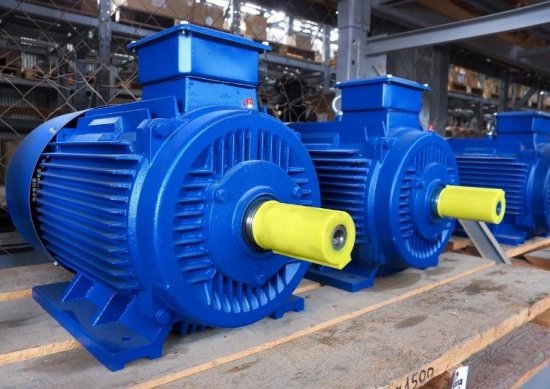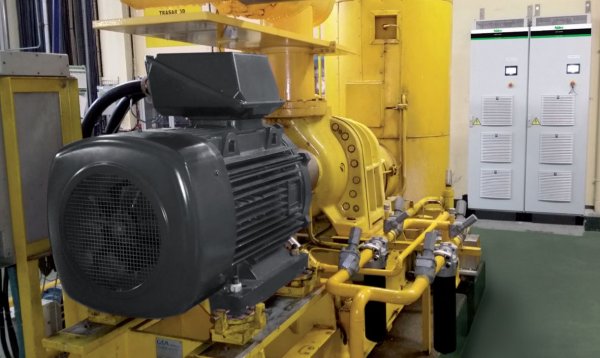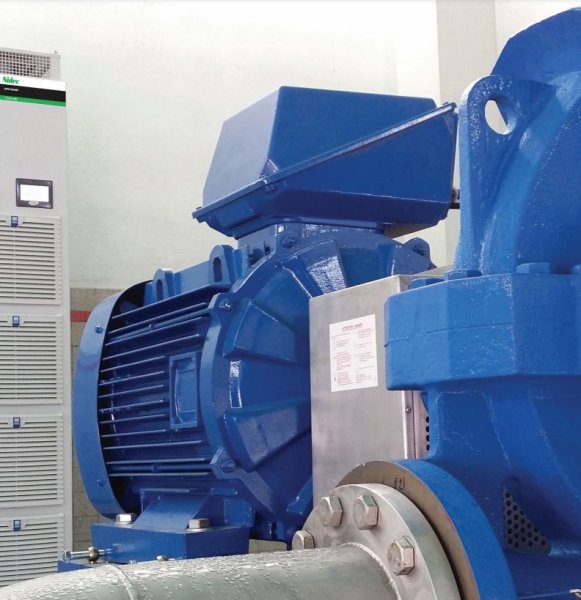What determines the service life of electric motors
Drive motors operate in motor and brake modes, converting electrical energy into mechanical energy or, conversely, mechanical energy into electrical energy. The transformation of energy from one type to another is accompanied by inevitable losses, which ultimately turn into heat.
Some of the heat dissipates into the environment and the rest causes the engine itself to rise in temperature above the ambient temperature (for more details see here — Heating and cooling of electric motors).
The materials used to make electric motors (steel, copper, aluminum, insulating materials) have different physical properties that change with temperature.
Insulating materials are the most sensitive to heat and have the lowest heat resistance compared to other materials used in the engine.Therefore, the reliability of the motor, its technical and economic characteristics and the rated power are determined by the heating of the materials used to insulate the windings.
The service life of the insulation of the electric motor depends on the quality of the insulation material and the temperature at which it operates. Practice has established that, for example, cotton fiber insulation immersed in mineral oil at a temperature of about 90 ° C can work reliably for 15 — 20 years. During this period, there is a gradual deterioration of the insulation, that is, its mechanical strength, elasticity and other properties necessary for normal operation deteriorate.
Increasing the operating temperature by only 8-10 ° C reduces the wear time of this type of insulation to 8-10 years (approximately 2 times), and at an operating temperature of 150 ° C, wear begins after 1.5 months. Operating at temperatures around 200°C will render this insulation unusable after a few hours.
The loss that causes the motor insulation to heat up depends on the load. Light loading increases the wear time of the insulation, but leads to insufficient use of materials and increases the cost of the motor. Conversely, operating an engine at high load will drastically reduce its reliability and service life, and may also be economically impractical.Therefore, the operating temperature of the insulation and the load of the motor, that is, its rated power, are selected for technical and economic reasons in such a way that the wear time of the insulation and the service life of the motor under normal operating conditions are approximately 15-20 years.
The use of insulating materials from inorganic substances (asbestos, mica, glass, etc.), which have higher heat resistance, can reduce the weight and size of engines and increase power. However, the heat resistance of insulating materials is primarily determined by the properties of the varnishes with which the insulation is impregnated. Impregnating compositions, even from silicon silicon compounds (silicones), have relatively low heat resistance.
The right engine to drive the driven machine must match the mechanical characteristics, the machine's operating mode and the required power. When choosing the power of the motor, they proceed primarily from its heating, or rather from the heating of its insulation.
The power of the motor will be determined correctly if during operation the heating temperature of its insulation is close to the maximum permissible. Overestimation of the power of the motor leads to a decrease in the working temperature of the insulation, insufficient use of expensive materials, an increase in capital costs and deterioration of energy characteristics.
The power of the motor will be insufficient to that required if the operating temperature of its insulation exceeds the maximum allowable, which can lead to unjustified capital costs for replacing the motor, as a result of premature wear of the insulation.
Nowadays, AC motors are in high demand among most modern manufacturing plants. In practice, asynchronous motors (IM) show their durability and simplicity at a relatively low cost. However, during operation, damage to engine elements may occur, which in turn leads to its premature failure.
The main sources of development of asynchronous motor failure are:
- overload or overheating of the stator of the electric motor 31%;
- turn-to-turn closing-15%;
- bearing failure — 12%;
- damage to the stator windings or insulation — 11%;
- uneven air gap between the stator and the rotor — 9%;
- operation of the electric motor in two phases — 8%;
- breaking or loosening of the fastening of the bars in the squirrel cage — 5%;
- loosening of the fastening of the stator winding — 4%;
- electric motor rotor imbalance — 3%;
- shaft misalignment — 2%.



